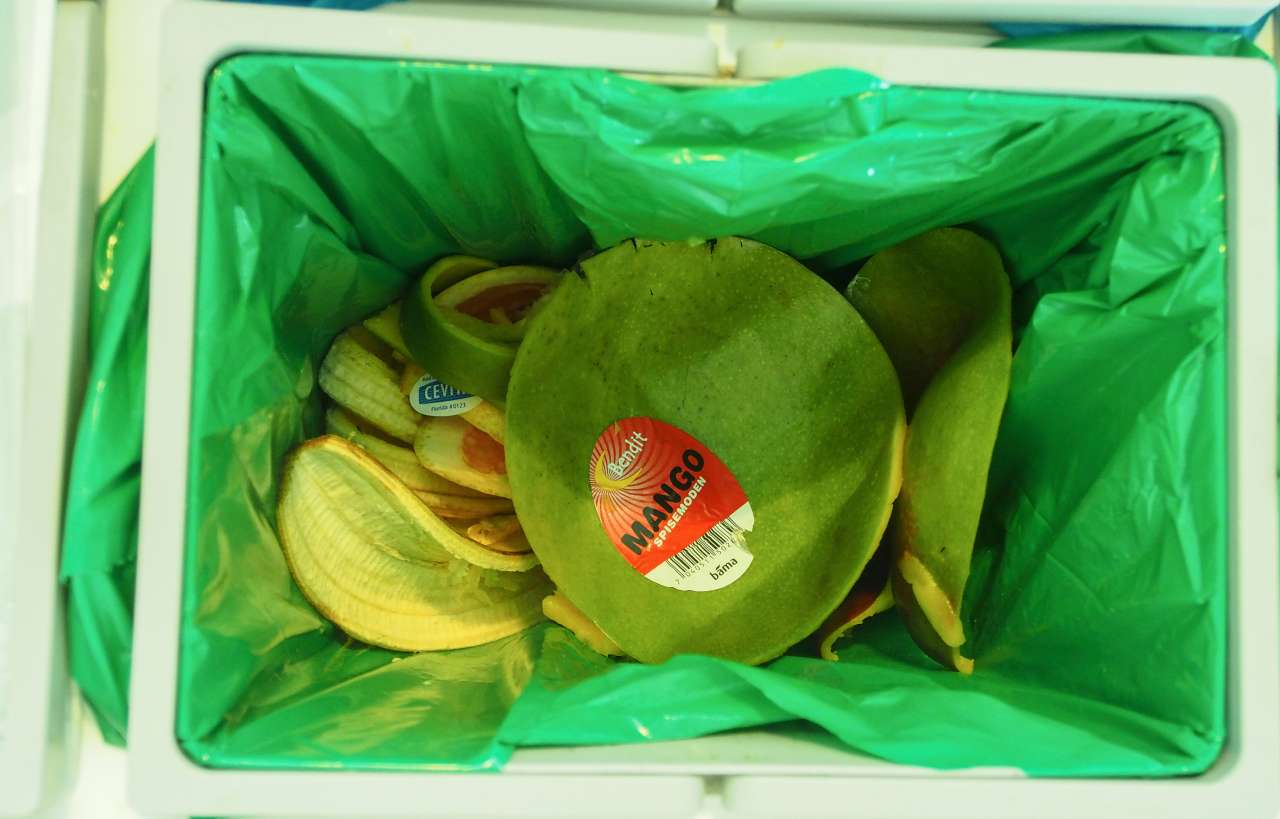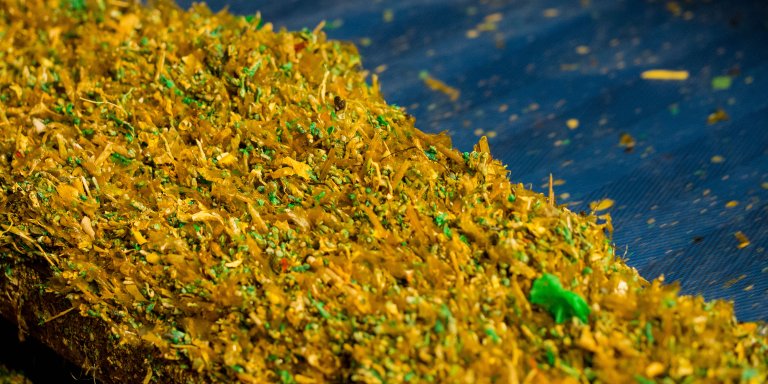AP 3: Mikroplast og andre uønskede elementer

(Foto: Erik J. Joner)
I arbeidspakke 3 har vi arbeidet med å utvikle en analytisk metode for å identifisere og kvantifisere ulike plastpolymerer i organiske avfallsressurser. Dette vil muliggjøre en rekke undersøkelser om bærekraftig avfallsbehandling og kvalitetsvurdering, samt undersøkelser om transport av og risikoer ved mikroplast og assosierte miljøgifter i terrestriske miljøer.
Ett av våre hovedfokus i AP 3 har vært å identifisere og kvantifisere mikroplast i organiske avfallsressurser. I tillegg har de avfallsbaserte gjødselproduktene brukt i AP 2 blitt analysert for en rekke relevante veterinære legemiddelrester. Et annet hovedfokus i AP 3 har vært å studere skjebne og risiko fra mikroplast og andre uønskede stoffer i jord og organiske gjødselprodukter

KONTAKTPERSON


Claire Coutris
Forsker
-
Divisjon for miljø og naturressurser
(+47) 954 28 281 claire.coutris@nibio.no Kontorsted: Ås - Bygg H7

Andre prosjekter
Se også prosjektet DGRADE (Norges Forskningsråd) om bionedbrytbar plast i jord og avfallsstrømmer
Se også prosjektet PacKnoPlast (Norges Forskningsråd, BAMA) om mikroplast i biorest
KONTAKTPERSON


Claire Coutris
Forsker
-
Divisjon for miljø og naturressurser
(+47) 954 28 281 claire.coutris@nibio.no Kontorsted: Ås - Bygg H7

Publikasjoner
Forfattere
Claire CoutrisSammendrag
Det er ikke registrert sammendrag
Forfattere
Demmelash MengistuSammendrag
Det er ikke registrert sammendrag
Sammendrag
Det er ikke registrert sammendrag
Sammendrag
Det er ikke registrert sammendrag
Sammendrag
Det er ikke registrert sammendrag
Sammendrag
Det er ikke registrert sammendrag
Sammendrag
Det er ikke registrert sammendrag
Sammendrag
Det er ikke registrert sammendrag
Sammendrag
Mikroplast hoper seg opp i matjord. Ingen vet hvor mye det er av den, og det finnes ikke teknologi som kan stoppe den helt. Forsker Claire Coutris på Nibio har sett på forskning på plast over hele verden. Plasten i havet har fått mye oppmerksomhet, men problemet er stort i matjord, også. Siden 1950-tallet er det produsert 8,3 milliarder tonn plast i verden. Mesteparten av den har havnet enten i naturen eller på fyllinga. Mikroplasten – partikler som er mindre enn fem millimeter store – kommer i jorda blant annet når bonden gjødsler. Når matavfall blir til biogass, så blir det igjen det som kalles «biorest». Den kan brukes som god og næringsrik gjødsel. Anleggene bruker separasjonsteknologi for å ta ut fremmedelementer i matavfallet, som glass, plast og metall. Likevel skjer det at mindre plastfragmenter fra matemballasje og annen feilsortert søppel følger med i bioresten.
Sammendrag
Det er ikke registrert sammendrag
Konferanseforedrag – Plast og mikroplast i jord: hvilke utfordringer står vi overfor?
Claire Coutris
Forfattere
Claire CoutrisSammendrag
Det er ikke registrert sammendrag
Sammendrag
Vi har alle hørt om problemene plast i havet kan føre med seg. Men plast havner også i jord, blant annet via avløpsslam, biogjødsel og fra plastbruk i landbruket. Akkurat hvor mye plast det er snakk om, er imidlertid uvisst.
Sammendrag
Vi har alle hørt om problemene plast i havet kan føre med seg. Men plast havner også i jord, blant annet via avløpsslam, biogjødsel og fra plastbruk i landbruket. Akkurat hvor mye plast det er snakk om er imidlertid uvisst.
Sammendrag
Vi har alle hørt om problemene plast i havet kan føre med seg. Men plast havner også i jord, blant annet via avløpsslam, biogjødsel og fra plastbruk i landbruket. Akkurat hvor mye plast det er snakk om, er imidlertid uvisst.
Sammendrag
Det er ikke registrert sammendrag
Sammendrag
Det er ikke registrert sammendrag
Sammendrag
Det er ikke registrert sammendrag
